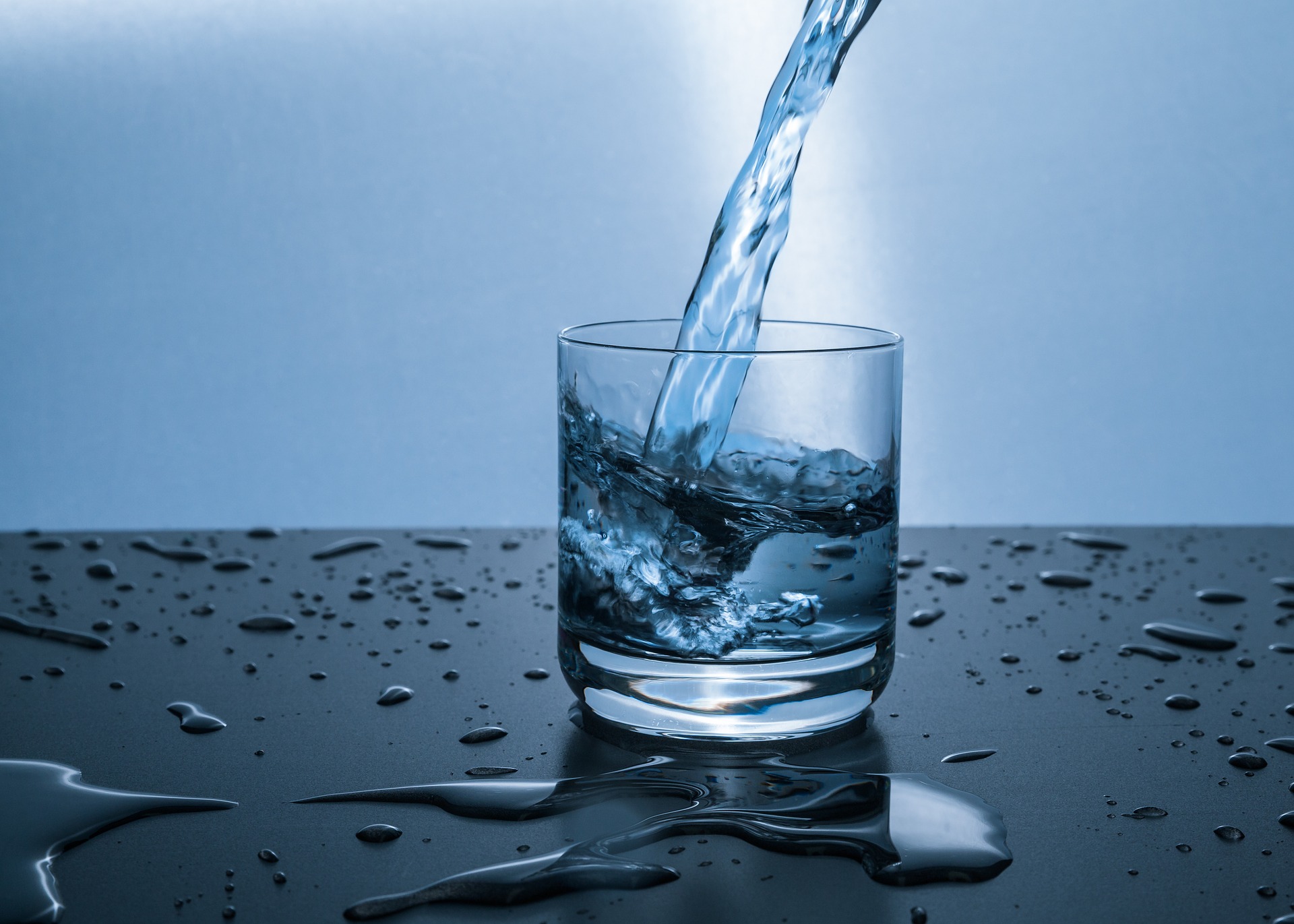Monitoring
Sampling schedules, sampling locations and violation notification requirements for public water systems.
Public water systems are responsible for conducting monitoring of drinking water to ensure that it meets all drinking water standards as determined by its monitoring schedule. Primary drinking water standards protect public health by limiting the levels of contaminants in drinking water. Secondary drinking water standards protect public health by limiting the color, taste, odor and visual appearance of the drinking water that may cause consumers not to drink or use the water, even when it is actually safe to drink.
The NHDES Drinking Water and Groundwater Bureau (DWGB) provides guidance to water systems to help them stay in compliance with sampling and documentation requirements.
Master Sampling Schedules and Sampling Forms
The frequency of monitoring is often dependent on the contaminant and the population served by the public water system. The DWGB creates a master sampling schedule for each public water system that contains links to all sampling forms for the water system. Many of the fields are pre-populated with the information we have in our database to ensure the correct information is submitted with the results. You can find your Master Sampling Schedule and associated forms on NHDES OneStop.
If you are an owner, operator or primary contact with an email address in our database, you will receive an email notification in the middle of your scheduled sampling period as a reminder to collect your samples. If you have already sampled, please contact us (dwmonitoring@des.nh.gov) regarding the status of the sampling results.
Did You Know?
Did You Know?
Your public water system can save money by obtaining a chemical monitoring waiver to reduce required water quality compliance monitoring. Learn more about chemical monitoring waivers.
Site IDs and Sampling Locations
A “site ID” is a number designated by the DWGB to identify the proper sampling point for monitoring. The “sampling location” further describes the proper sampling point for monitoring.
To request a change to a sampling site, you must do so before taking the sample by submitting a Sampling Site Change Request Form.
DWGB will review the request and notify you when the change has been made.
Public Water System Laboratory Analysis
Laboratories analyzing drinking water compliance samples must be accredited by the New Hampshire Environmental Laboratory Accreditation Program (NHELAP) to ensure sufficiently accurate, precise and consistent results of tests, analyses, and measurements.
NHDES provides a list of Accredited Labs.
Public Notice After a Violation Occurs
Public Notification provides a mechanism for public water systems to keep their customers informed of drinking water violations or situations that may affect public health and is required by both federal and state regulations. The DWGB provides templates to assist water systems in meeting your public notice requirements.
The Notice of Violation (NOV) directs you to the correct template and contains the information needed to complete the public notice. Please carefully read the instructions accompanying each template.
If you have any questions, please refer to your NOV for contact information. NHDES provides public notice templates.
Need a Form?
All related forms associated with public water system monitoring compliance can be found on our online form portal.
Seasonal Water Systems
Turning water on for the season? You must perform start-up procedures and certify completion; a checklist is available. Submit the Start-up Procedures Certification, available on your Master Sampling Schedule, to DWGB within 30 days.
Related Content

NHDES may require that a water system implement a drinking water advisory in order to protect public health. Such advisories may be issued after detection of E. coli bacteria, a nitrate or nitrite exceedance, a lapse in system integrity, failure of a treatment process, or suspicion of other water-borne pathogens. Water systems must fill distribute public notice.
Lead and Copper
NHDES may require that a water system undertake corrosion control activities if lead and/or copper are found at specific levels. Lead and copper are metals commonly used in household plumbing. The lead and copper rule requires community and non-transient, non-community water systems to conduct tests to determine if lead and copper are present in high levels at the consumer's tap. The action levels are 0.015 milligrams per liter (mg/L) for lead and 1.3 mg/L for copper. NHDES provides sampling instructions for your convenience. In addition, your water system can follow this notification letter template to advise your consumers of their lead results.
For more information about Lead and Copper requirements for public water systems, visit our LCR for Public Water Systems webpage.
Level 1/Level 2 Bacteria Assessments
NHDES may require that a water system perform an assessment to evaluate the water system and address any sanitary defects. The assessments must be performed, and the report submitted to NHDES, within 30 days. Sanitary defects must be corrected within 30 days, or the assessment report must include a proposed schedule to correct deficiencies that require a longer time period.




